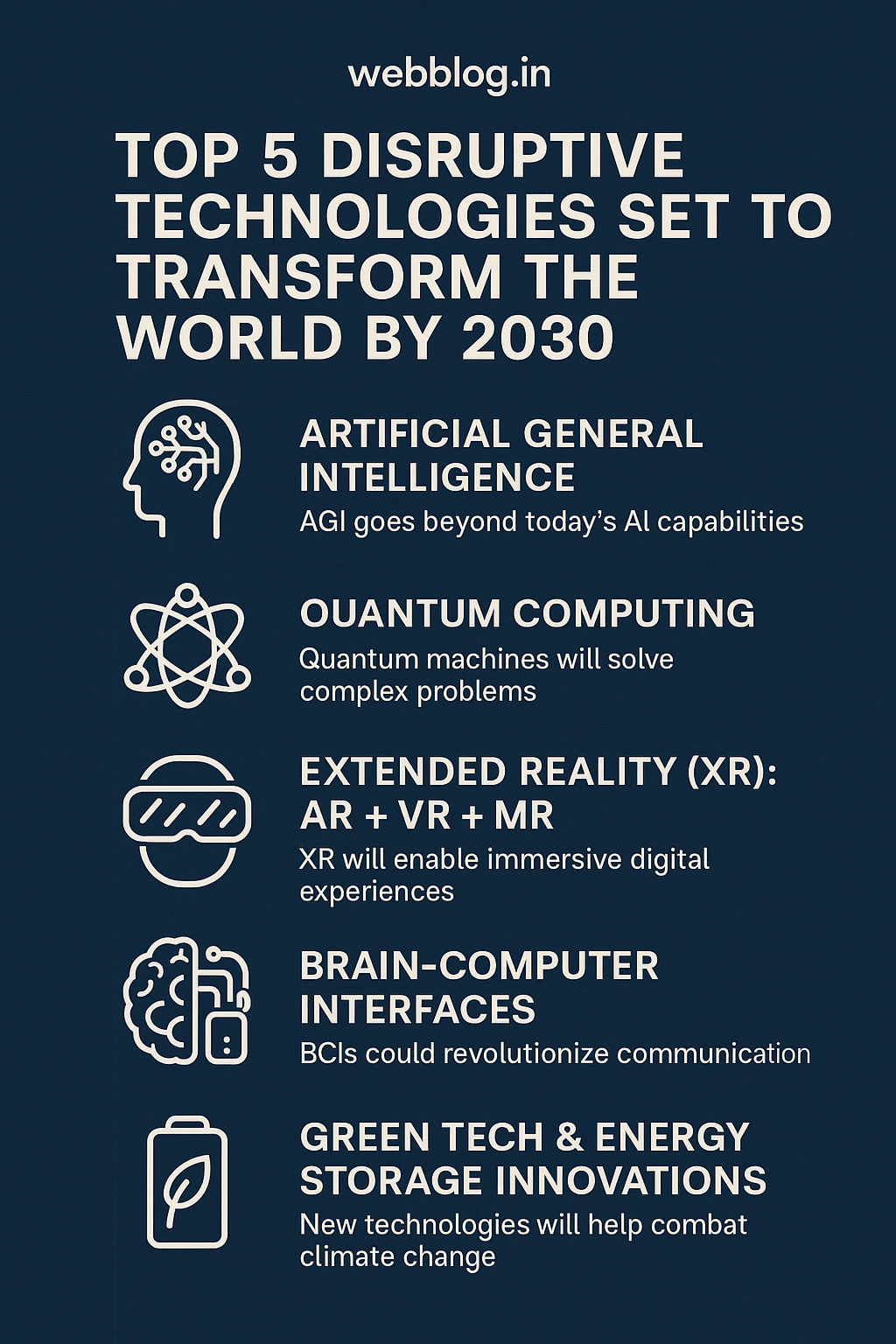In the ever-evolving landscape of technology, cloud computing stands out as a groundbreaking innovation that has reshaped how businesses and individuals interact with data, software, and applications. But what exactly is cloud computing, and how has it become such a pivotal part of our digital world? Let’s dive into the core of cloud computing, its advantages, and its applications across various industries.
What is Cloud Computing?
At its core, cloud computing refers to the delivery of computing services—such as servers, storage, databases, networking, software, and analytics—over the internet (the “cloud”). Rather than relying on physical hardware and infrastructure, users can access these services remotely, often paying only for what they use, when they use it.
Cloud computing operates on a pay-as-you-go model, allowing individuals and businesses to scale their computing needs without the burden of managing physical servers or IT infrastructure. Instead of hosting data or software on local machines, the cloud allows users to store data and access applications from virtually anywhere with an internet connection.
Key Types of Cloud Computing:
- Public Cloud: Services are delivered over the public internet and shared across multiple clients. Examples include Amazon Web Services (AWS), Google Cloud Platform (GCP), and Microsoft Azure.
- Private Cloud: A cloud infrastructure dedicated to a single organization, providing more control and security.
- Hybrid Cloud: A combination of both public and private clouds, offering flexibility for organizations that need to keep sensitive data on private servers while accessing public cloud services for less-sensitive workloads.
Benefits of Cloud Computing
1. Cost-Effectiveness
One of the primary advantages of cloud computing is cost savings. Traditional IT infrastructures require hefty upfront investments in hardware and software, followed by ongoing maintenance and updates. Cloud computing eliminates these costs by offering a subscription-based model, where users only pay for the resources they actually use. This is particularly beneficial for small businesses that may not have the capital to invest in extensive IT infrastructure.
2. Scalability and Flexibility
Cloud services provide the flexibility to scale up or down depending on demand. For example, a business may need additional storage during peak seasons or higher computing power for a large project. With cloud computing, these adjustments can be made quickly and without the need for new physical hardware.
3. Accessibility and Remote Collaboration
Cloud computing allows users to access their data and applications from virtually anywhere with an internet connection. This accessibility is particularly valuable for remote teams, as they can collaborate seamlessly across time zones and geographical locations. The cloud has fundamentally changed how businesses operate by enabling flexible work environments and real-time collaboration.
4. Security
While security is always a concern in the digital world, cloud providers invest heavily in safeguarding their services. Advanced encryption techniques, multiple authentication protocols, and frequent security updates help protect sensitive data from cyber threats. Additionally, data is often replicated across several data centers, ensuring redundancy in case of hardware failure.
5. Automatic Software Updates
Cloud computing services often come with the added benefit of automatic software updates. This ensures that businesses are always using the latest versions of software without the need for manual intervention, reducing the risk of security vulnerabilities and improving performance.
Applications of Cloud Computing
Cloud computing has found applications in nearly every industry, transforming the way businesses operate, innovate, and deliver services to their customers.
1. Healthcare
The healthcare industry has seen remarkable transformations due to cloud computing. Electronic Health Records (EHRs) can now be securely stored and accessed across different healthcare providers. Cloud platforms also enable advanced data analytics, telemedicine, and the storage of medical imaging, improving patient care and operational efficiency.
2. Education
With cloud computing, educational institutions can offer online courses, virtual classrooms, and digital libraries. Students and teachers can collaborate more effectively, share resources, and access educational materials from anywhere. Cloud-based tools like Google Classroom and Microsoft Teams have become crucial in facilitating remote learning.
3. Finance
Cloud computing is increasingly being used in the financial sector for data analytics, fraud detection, and risk management. Banks and financial institutions can store large volumes of data on the cloud while leveraging the power of AI and machine learning to analyze trends and make informed decisions.
4. E-commerce
E-commerce companies rely heavily on cloud computing for inventory management, payment processing, and personalized shopping experiences. Cloud-based solutions enable businesses to scale operations quickly, manage customer data, and offer dynamic pricing based on real-time market trends.
5. Gaming
The gaming industry has also benefited from cloud computing, with services like Google Stadia, NVIDIA GeForce NOW, and Xbox Cloud Gaming allowing gamers to stream high-performance games directly from the cloud, reducing the need for expensive gaming hardware.
Challenges of Cloud Computing
Despite its numerous advantages, cloud computing is not without its challenges. Some of the most notable concerns include:
- Data Privacy: Storing sensitive data in the cloud may raise concerns over privacy and compliance with regulations such as GDPR or HIPAA.
- Downtime: While cloud providers offer high uptime rates, service outages can still occur, leading to potential disruptions in business operations.
- Vendor Lock-in: Migrating from one cloud service provider to another can be challenging and expensive due to differences in infrastructure and service offerings.
The Future of Cloud Computing
As technology continues to evolve, the future of cloud computing looks incredibly promising. Emerging trends like Edge Computing, AI-powered Cloud Services, and Quantum Computing are set to further disrupt the cloud computing landscape. These innovations will bring even more powerful capabilities to businesses and users, driving greater efficiency, security, and flexibility.
Conclusion
Cloud computing has revolutionized the way we interact with technology, enabling businesses to be more agile, cost-effective, and innovative. Its growing presence across various industries indicates that cloud computing is not just a passing trend but a fundamental shift in how we use technology. As cloud solutions continue to evolve, businesses and individuals alike will reap the benefits of a more connected, accessible, and data-driven world.
Is your business ready to embrace the cloud? The future is here, and it’s all in the cloud.







Great Blog post really informative.
Keep up the good work.